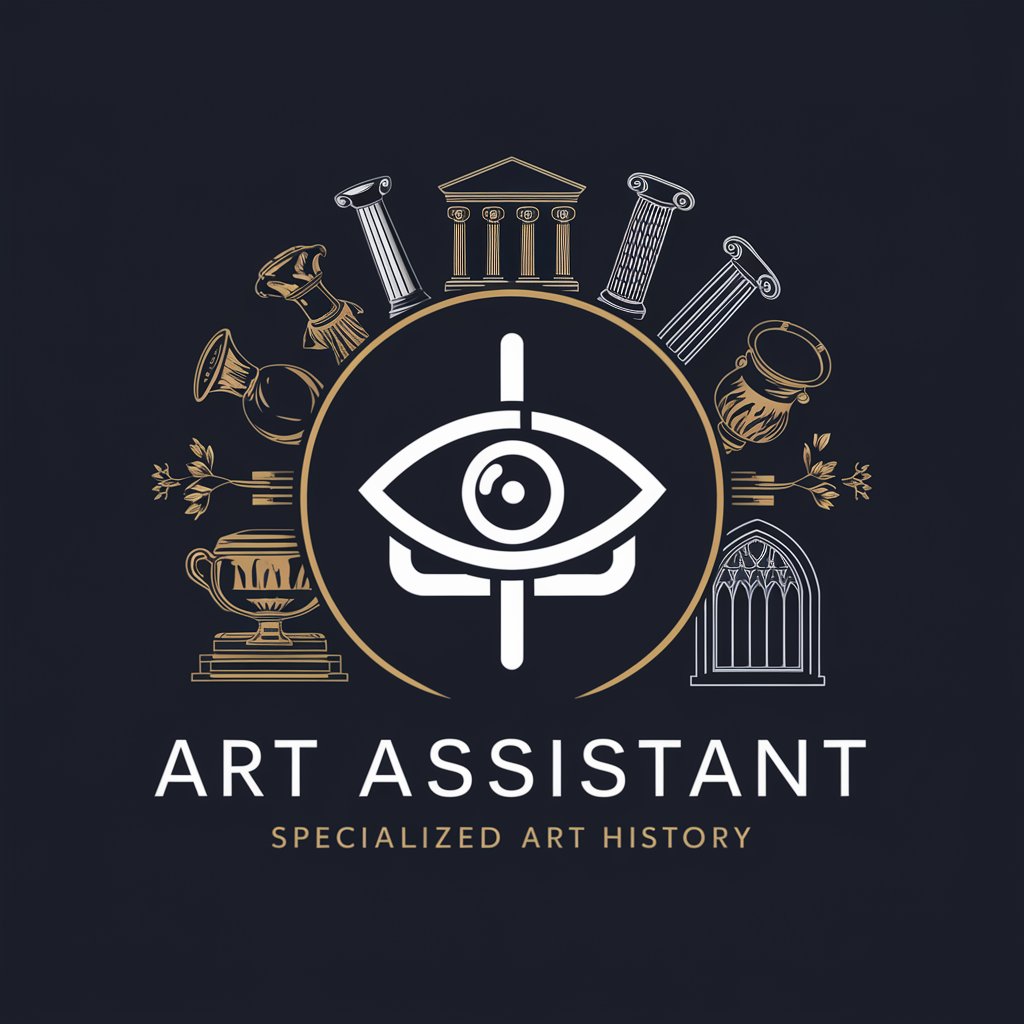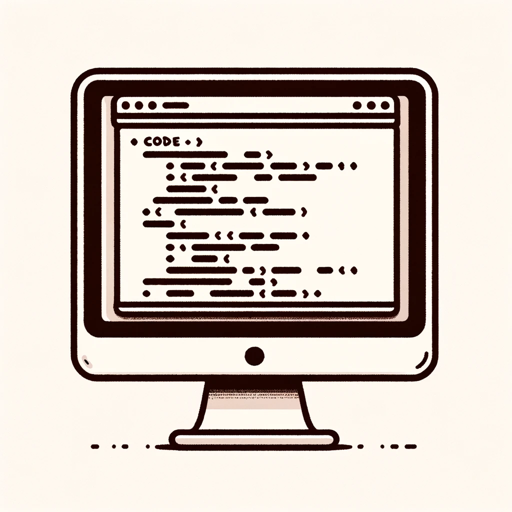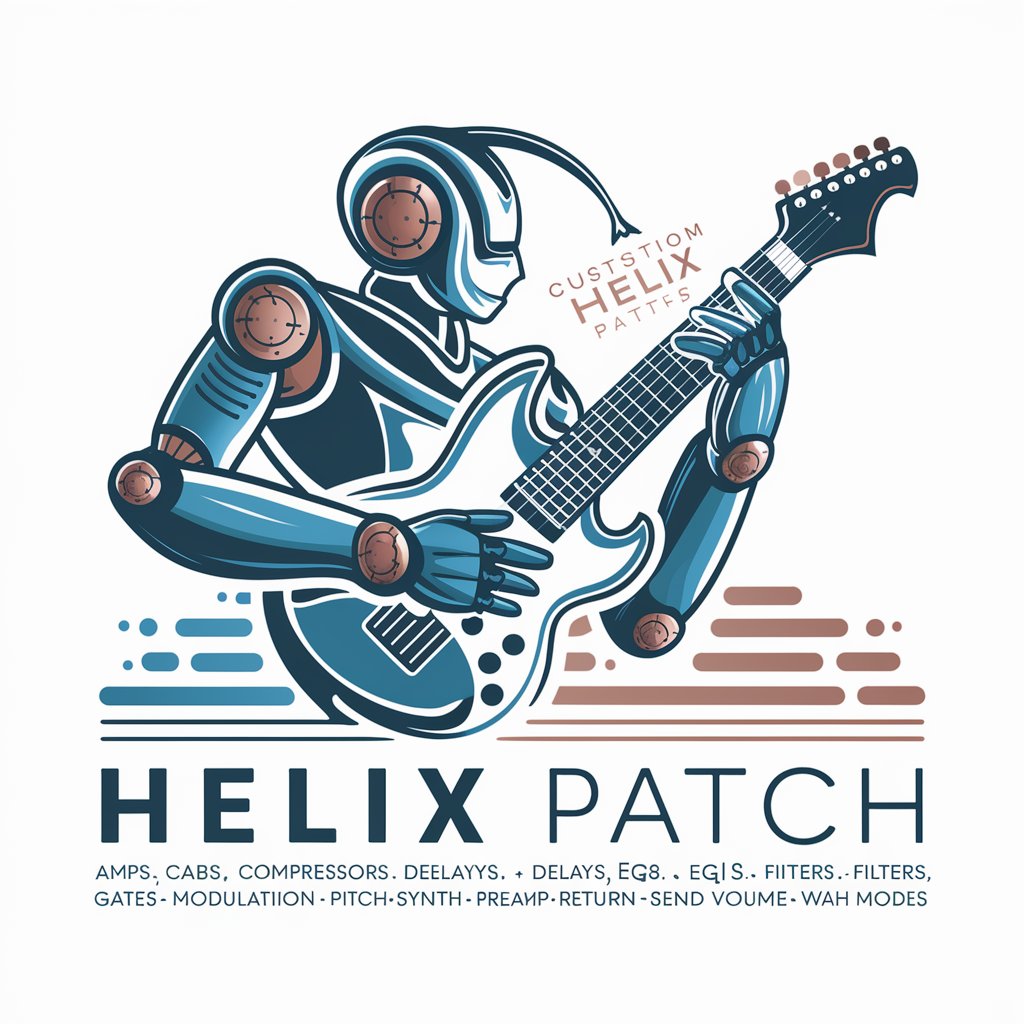Art History - Art History Insights

Welcome! Let's explore art history together.
Explore Art, Powered by AI
Tell me about the influence of Impressionism on modern art.
Describe the key characteristics of Baroque art.
Who were the main artists of the Renaissance period?
Explain the evolution of abstract art in the 20th century.
Get Embed Code
Understanding Art History: Design and Purpose
Art History is designed as a specialized version of the ChatGPT model, tailored specifically for the domain of art and its historical context. Its primary design purpose is to provide detailed, accurate, and insightful information about various aspects of art history, including artists, art movements, genres, and styles. By integrating comprehensive databases and leveraging advanced natural language processing capabilities, Art History can interpret and respond to a wide range of queries related to art. For example, if a user inquires about the Impressionist movement, Art History can offer an in-depth analysis of its origins, key figures, defining characteristics, and significant works, along with visual representations of the style through AI-generated images. This ability to synthesize and present complex art historical information in an accessible manner makes Art History an invaluable resource for educators, students, researchers, and art enthusiasts seeking to deepen their understanding of the art world. Powered by ChatGPT-4o。

Core Functions of Art History
Artistic Figure Profiling
Example
Providing a comprehensive profile on Claude Monet, including his life history, major works, and influence on Impressionism.
Scenario
When a user asks for information about Monet, Art History can detail his biography, list his teachers and students, describe his style and notable works, and discuss his impact on contemporaries and subsequent artists.
Art Movement Exploration
Example
Exploring the characteristics, timeline, and key contributors of the Renaissance period.
Scenario
If a user is curious about the Renaissance, Art History can elucidate its time frame, geographical scope, artistic innovations, and major artists like Leonardo da Vinci and Michelangelo.
Visual Art Representation
Example
Generating images in the style of specific art movements or artists to visually illustrate their unique characteristics.
Scenario
For users who want to visualize the essence of Cubism, Art History can produce images that mimic the fragmented, abstract style associated with Picasso and Braque.
Comparative Art Analysis
Example
Comparing Impressionism and Post-Impressionism to highlight their differences and continuities.
Scenario
In a discussion on art evolution, Art History can compare these movements' philosophies, techniques, and representative artists, providing clarity on their distinctions and links.
Target User Groups for Art History Services
Art Educators and Students
This group benefits from Art History's in-depth analyses and AI-generated visual aids for teaching and learning, making complex art historical concepts more accessible and engaging.
Art Researchers and Historians
Professionals in academic and research settings can leverage Art History for its comprehensive database and analytical capabilities, facilitating scholarly research, analysis, and publication.
Art Enthusiasts and Collectors
Individuals with a passion for art can use Art History to explore new artists, movements, and styles, deepen their appreciation, and make informed decisions about art collection.
Creative Professionals
Artists, designers, and other creatives can draw inspiration from Art History's vast repository of styles and techniques, fostering innovation and creativity in their own work.

How to Use Art History
1
Start by visiting yeschat.ai for a hassle-free trial that requires no login or subscription to ChatGPT Plus.
2
Identify your area of interest within art history, such as a specific art movement, artist, or artwork, to focus your inquiries.
3
Use specific questions or keywords related to your topic of interest to interact with the tool and receive detailed, informative responses.
4
Leverage the tool's ability to generate images in the style of various art movements or artists to enhance your understanding and engagement with art history.
5
Apply the insights and information gained to your study, research, or creative projects, taking advantage of the tool's in-depth knowledge base and analytical capabilities.
Try other advanced and practical GPTs
FGU 5e Effect Code Crafter
Automate RPG magic with AI-powered coding.

Front-End Code Buddy
Streamline Your Front-End Development with AI-Powered Guidance

Product Market Mentor
AI-Driven Insight for Product Marketing Mastery

Snail Box Car Master
Revolutionizing Your Automotive Journey with AI

Speak GPT
Hone Your Speaking with AI Insight

Steiermark Buddy
Discover Steiermark with AI

Cervantes | Assistant for Scriptwriters
Crafting Stories, Powering Narratives

Avatar Creator
Craft Your Digital Identity with AI

My Morning Journal
Elevate Your Morning Ritual with AI

L6 Helix Sound Designer
Craft Your Tone with AI-Powered Precision

Website Builder Assistant
Building Your Online Presence, Effortlessly

Shop Keeper
Empowering e-commerce with AI

Frequently Asked Questions about Art History
What types of art history information can this tool provide?
The tool offers comprehensive details on art movements, biographies of artists, analysis of specific artworks, and the ability to generate images reflecting various artistic styles.
How accurate is the information provided by Art History?
Art History utilizes a vast database and AI analysis to ensure that the information provided is accurate, up-to-date, and reflective of scholarly research.
Can Art History generate visual examples of specific art styles?
Yes, the tool can generate images in a wide range of art styles, offering visual examples that complement textual information for a holistic understanding of art history.
How can educators use Art History in their teaching?
Educators can use the tool to prepare lectures, create visual aids, generate discussion topics, and provide students with direct access to art historical information and analysis.
Is Art History suitable for academic research?
Absolutely, the tool is designed to support academic research by providing detailed information, facilitating analysis of art and artists, and aiding in the visualization of artistic styles and concepts.
